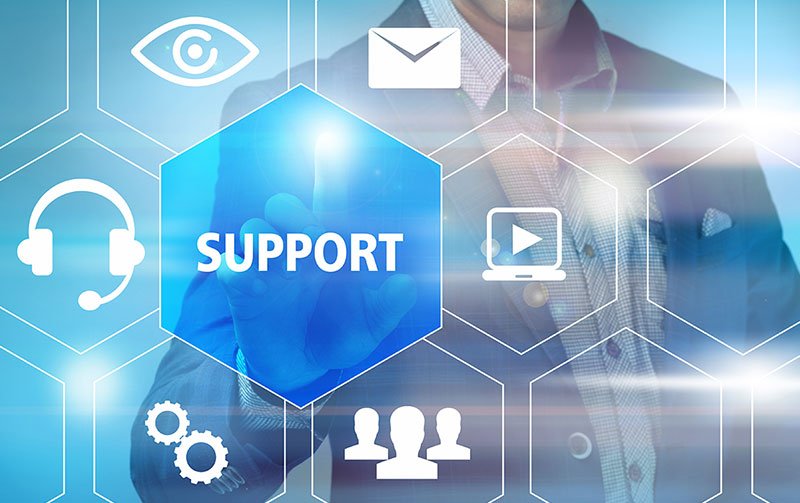COMMISSIONING
Holders Smart Buildings’ engineers hold Certification demonstrating their expertise in smart building technologies. Their credentials are publicly available on the Holders technology website.
PRE-COMMISSIONING
For smart buildings, we conduct on-site or in-office pre-commissioning visits to establish a functional specification, ensuring the project is commissioned as expected.
COMMISSIONING CONFIGURATION
You have the option for staggered commissioning as each phase is completed, or opt for a basic commissioning setup initially, followed by a follow-up visit to adjust settings to the final customer specifications later.


PROJECT CERTIFICATE
Commissioning Certificate issued upon completion of the smart building project.
FIXTURE ID'S
Devices can be pre-configured with the correct building ID before leaving the warehouse, expediting the commissioning process for smart buildings.
CERTIFICATE OF COMMISSIONING
We rigorously evaluate, integrate, and refine your interconnected systems for smart buildings, guaranteeing optimal performance and effortless communication.
- SUPPORT SERVICES
- EXPERT ENGINEERSEXPERT ENGINEERS
- REPORTING
SUPPORT SERVICES
Working with Holders Smart Building enables owners and their management teams to focus on other value-added tasks.
Ongoing Support: Our commitment doesn’t end with the commissioning process. We offer ongoing support and maintenance to ensure your lighting controls continue to operate flawlessly. Our responsive customer service team is always available to address any issues or updates you may need.

EXPERT ENGINEERS
The Commissioning team at Holders Smart Buildings will provide a certificate confirming the successful completion of commissioning and hand it over to the client. Holders can continue to support your building with ongoing maintenance packages. Their prompt response helps mitigate risks to the building’s daily operation, minimising costs linked to downtime, site visits, and potential energy wastage.
Energy Efficiency: Our commissioning support is designed to maximize energy efficiency, helping you reduce operational costs and achieve sustainability goals. We fine-tune your lighting controls to ensure minimal energy wastage while maintaining optimal illumination levels.
User-Friendly Experience: We prioritize ease of use, ensuring that your lighting control systems are intuitive and user-friendly. Our team provides thorough training and documentation, empowering you to manage and adjust your systems with confidence.

REPORTING
Holders Smart Buildings’ Reporting Services are crafted to assist building operators in analyzing the collected data, seamlessly guiding you through the various components of your systems.
Expert Guidance: Our experienced professionals bring extensive knowledge and technical expertise to every project. We work closely with you to understand your unique requirements and tailor our services to meet your specific needs.
Comprehensive Solutions: From initial planning and design to installation and fine-tuning, we offer end-to-end support. Our comprehensive solutions ensure that your lighting control systems are configured accurately and perform optimally.
Seamless Integration: We ensure that your lighting controls integrate smoothly with existing systems, providing compatibility and enhancing overall functionality. Our team can assist with various lighting control systems and protocols to suit your environment.

Benefits of smart buildings
Lower operational costs
A smart building can, for example, leverage data it collects to reduce use of electric lighting by adjusting shades to let in more natural light. Such lighting management has been proved to lower power usage dramatically. In turn, it can help buildings become more energy-efficient to meet or exceed stringent regulations for greenhouse-gas emissions.
Smart-building data can also support automated scheduling, from parking-space allocation to workspace assignment to conference room reservation.
Lower energy costs
Connecting lighting, shades, and HVAC systems, for instance, enables building operators to automatically adjust temperature, shades, and lighting based on time of day and occupancy.
Greater flexibility
Smart-building data can be used, for example, to detect changes in occupancy density. The building’s HVAC systems then adjust airflow, humidity, and temperature appropriately.
Or based on escalating density thresholds, lighting color could change to indicate too many people in a conference room, workspace, or building.

